Ginzan Onsen & Shirogane Park
A summary of the streets of Ginzan Onsen with the atmosphere of Taisho Roman and Shirogane Park in the back
Ginzan Onsen is a hot spring village located in Obanazawa City, Yamagata Prefecture. Along both banks of the Ginzan River, there are ryokan inns built between the late Taisho era and the early Showa era (1920s) that blend Japanese and Western styles. When the sun goes down, gas lamps light up the hot spring town, creating an even more romantic atmosphere.
*Taisho Roman is a term used to describe the culture and art of the Taisho period (1912-1926). It is characterized by a mix of Japanese and Western elements that is full of exoticism, and is incorporated in architecture, furniture, and clothing.
<Highlights of Ginzan Onsen>
Ginzan hot spring town
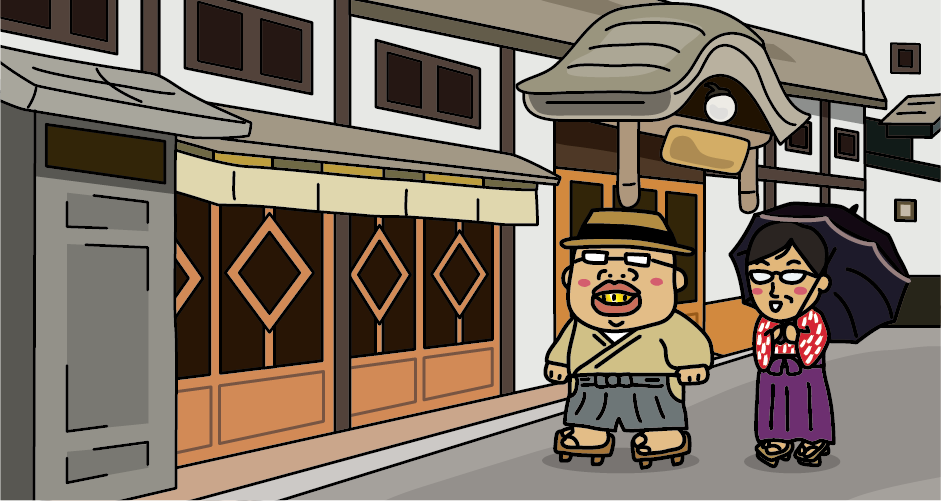
Ginzan Onsen is a hot spring town that appeared as the setting for the NHK morning TV drama “Oshin”. There are retro inns and many bridges over the Ginzan River, and both banks are lined with gas lamps and stone pavements, and at night the gas lamps give off a warm glow. You can stroll around the hot spring town wearing Taisho Roman-style costumes.
Warashi-yu Footbath
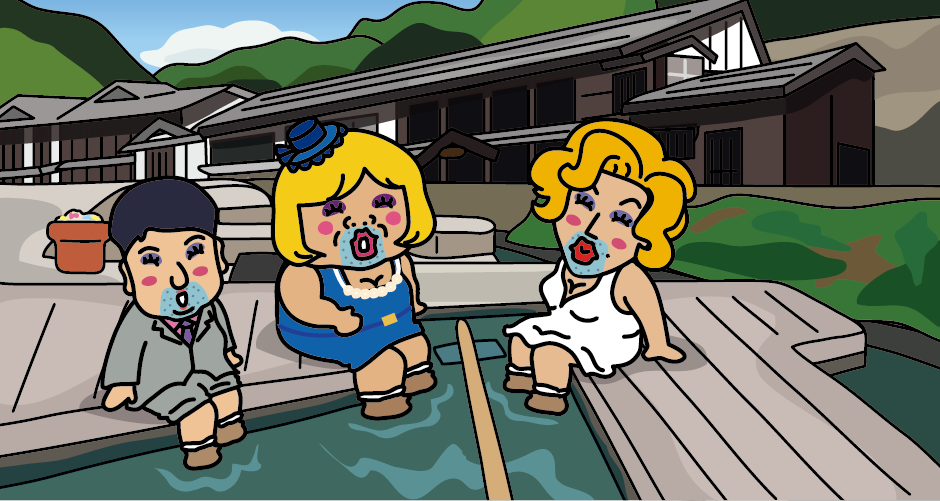
“Warashi-yu” is a free footbath located in Ginzan Onsen. There are also communal baths such as “Shirogane-yu” and “Kajika- yu” that can be used by day-trippers.
Ginzan Onsen in winter
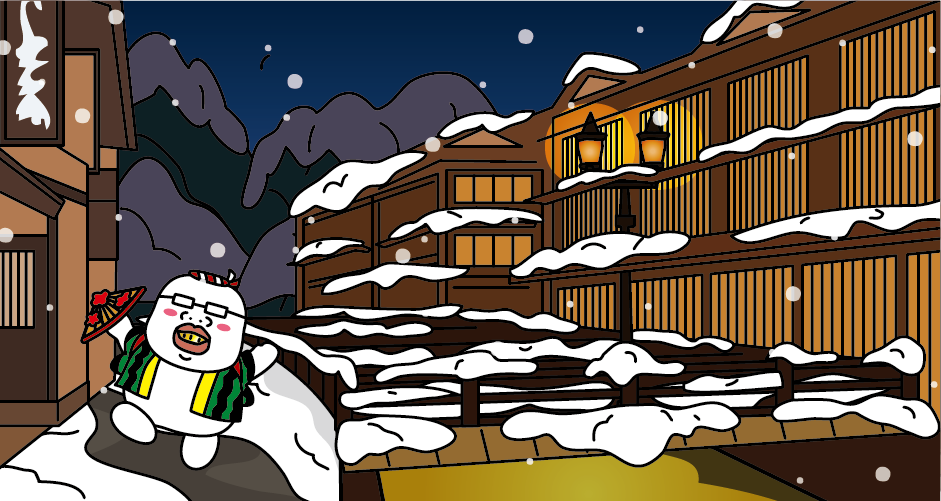
Speaking of Ginzan Onsen, many people imagine Ginzan Onsen in winter when it is covered with deep snow.
Ginzan Onsen/Shirogane Park Map
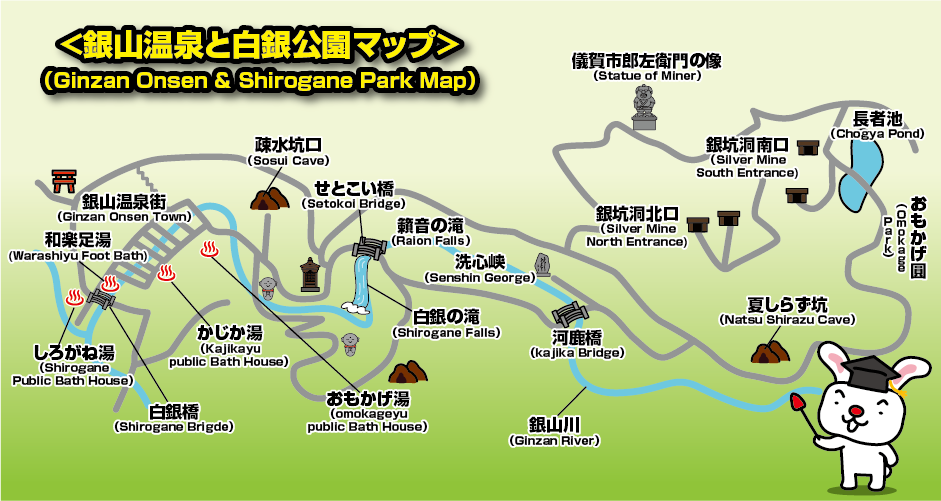
“Nobesawa Silver Mine”, which is the origin of the name “Ginzan Onsen”, is located just upstream of the Ginzan River, and the entire area is maintained as “Shirogane Park”. It has many attractions in the park, such as silver mine ruins such as “Ginkodo (Silver Mine Tunnel)” and “Natsu shirazu Cave”, beautiful valleys such as “Shirogane Falls” and “Senshin Gorge”. There is a promenade along the Ginzan River, so you can take a walk for less than an hour while enjoying the nature of each season.
History of Ginzan Onsen
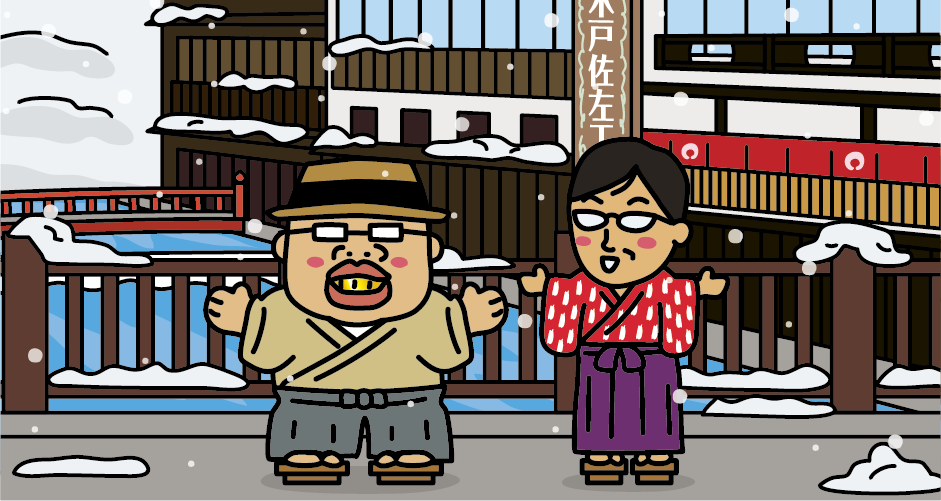
“Nobesawa Silver Mine” was discovered by Ichirozaemon Gika of Kaga Province (now Ishikawa Prefecture) during the Muromachi period (mid-15th century). (A bronze statue of Ichirozaemon Gika is located in Shirogane Park.) At the height of the Edo period, silver was produced on a par with the Sado Gold Mine (Niigata Prefecture), the Iwami Silver Mine (Shimane Prefecture), and the Ikuno Silver Mine (Hyogo Prefecture). As a result, it prospered as one of Japan’s leading silver mines, but due to a decrease in production, it was closed in the middle of the 17th century. Around this time, “Ginzan Onsen” was discovered by the miners of the Nobesawa Silver Mine. After the closure of the Nobesawa Silver Mine, Ginzan Onsen was used as a hot spring health resort, but in 1913 (Taisho 2), the Ginzan River flooded heavily, damaging the hot spring town and destroying many inns. The amount of hot spring water flowing out decreased, and the hot spring town declined for a long time, in 1926 (Showa 1), reconstruction began with the development of a new source. The current cityscape of Ginzan Onsen was built from the late Taisho era to the early Showa era
<Highlights of Shirogane Park>
Shirogane Falls

Near the entrance of Shirogane Park, the 22-meter-high Shirogane Falls splashes down, so you can feel the negative ions pouring down from the waterfall. There is an observatory on the opposite bank.
Ginkodo Silver Mine Tunnel
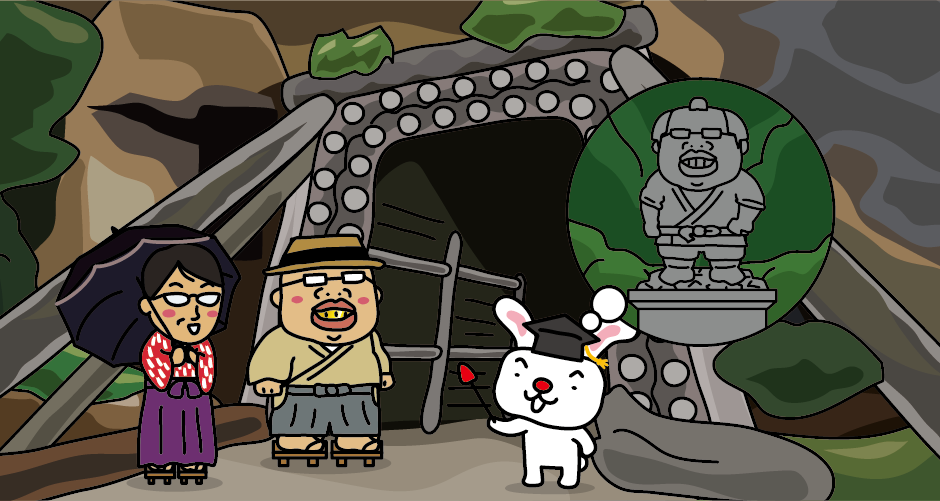
Nobesawa Silver Mine is now designated as a national historic site as “Nobesawa Silver Mine Ruins”. The main archaeological site is “Ginkodo (Silver Mine Tunnel)”. You can tour the inside of the tunnel for free.
Natsu shirazu Cave

“Natsu shirazu Cave” is a large wind hole on the way to “Ginkodo (Silver Mine Tunnel)”, and a cool breeze blows even in summer. A bench is installed in front of the wind hole.
“Natsu Shirazu” means that you don’t feel the heat of summer.
Sekotoi Bridge
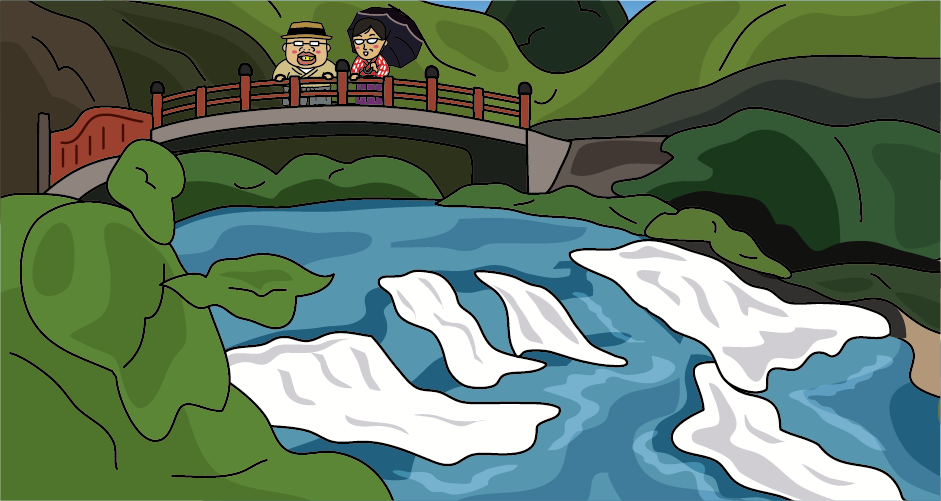
From Sekotoi Bridge to Kajika Bridge, the scenery of the valley and the murmuring of the river create a pure atmosphere that seems to wash away the dirt of the heart, so it is called “Senshin Gorge”. is called You can see Raion Falls from Sekotoi Bridge.
Access to Ginzan Onsen
Approximately 3 hours and 20 minutes from JR Tokyo Station to JR Oishida Station on the Yamagata Shinkansen. From JR Oishida Station, take a local bus for approximately 40 minutes.

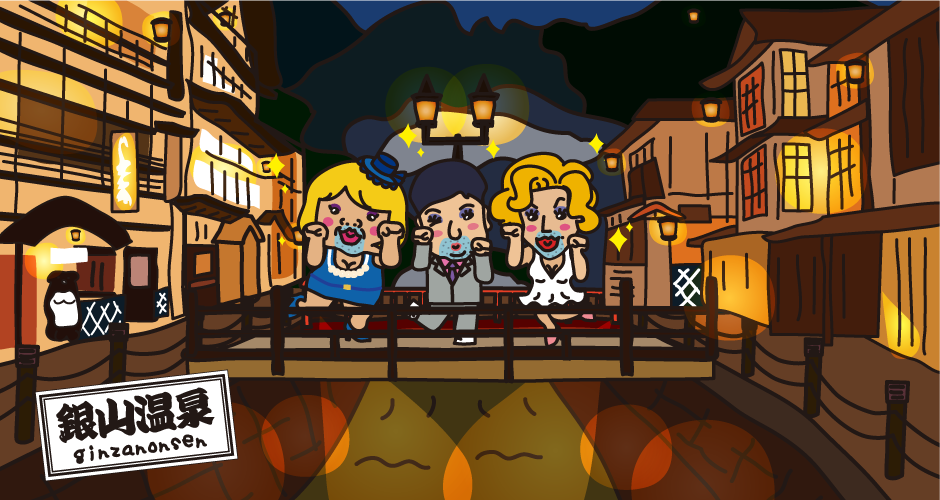




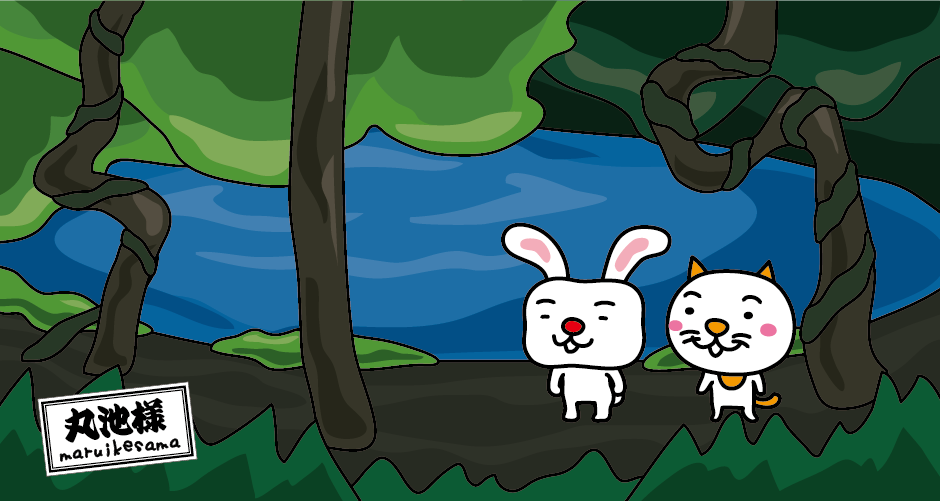
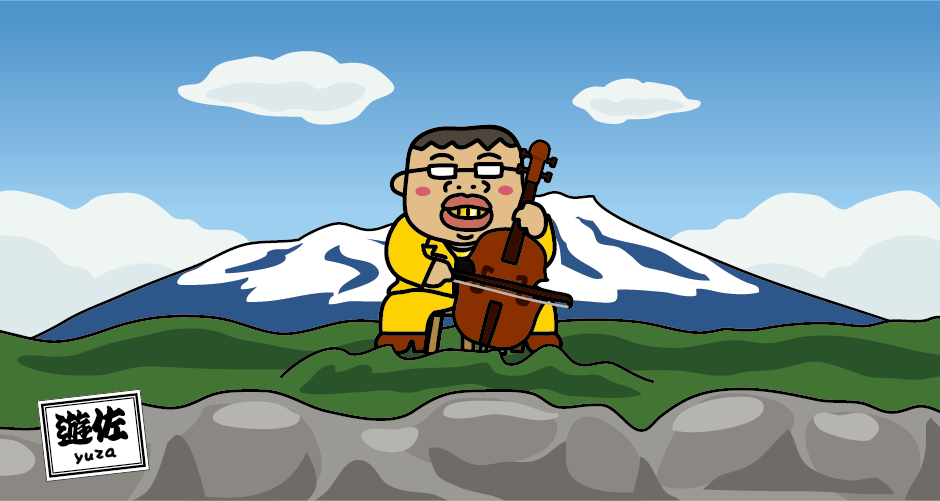
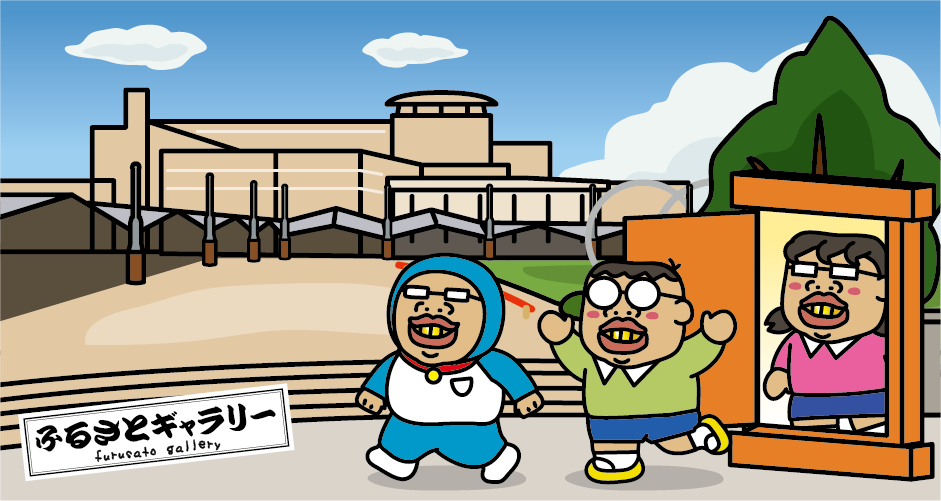
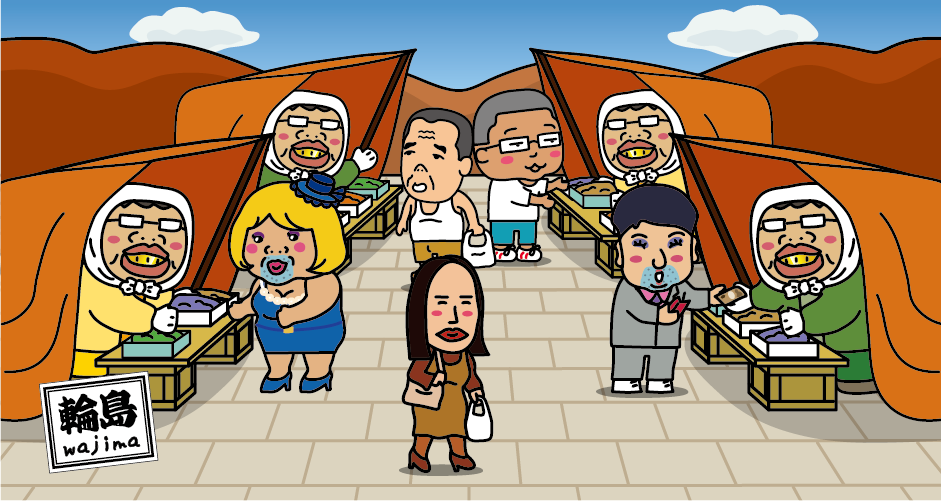

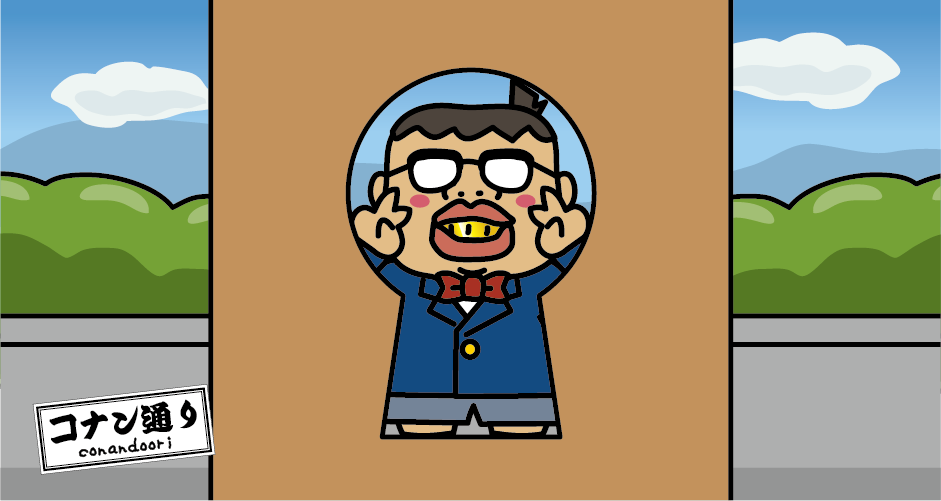
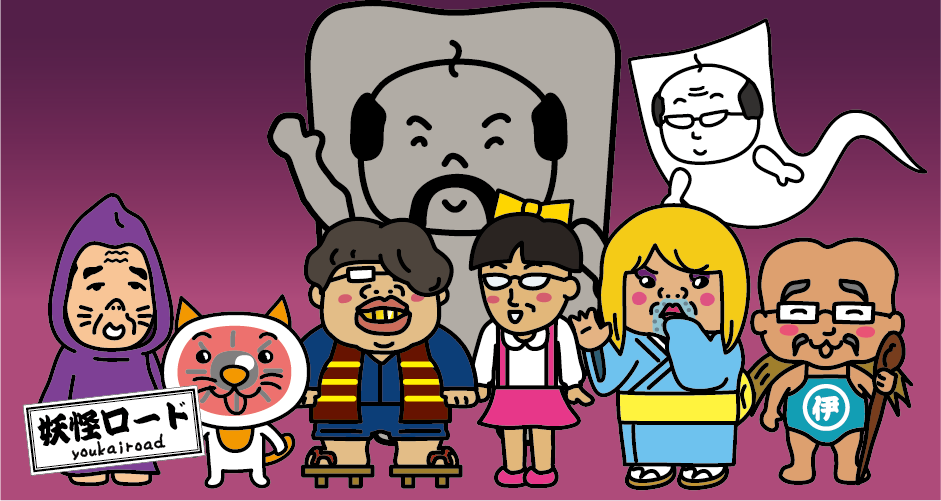

You need to login to comment on an article.